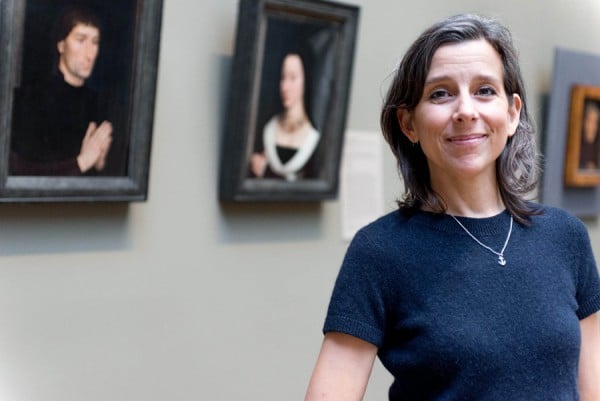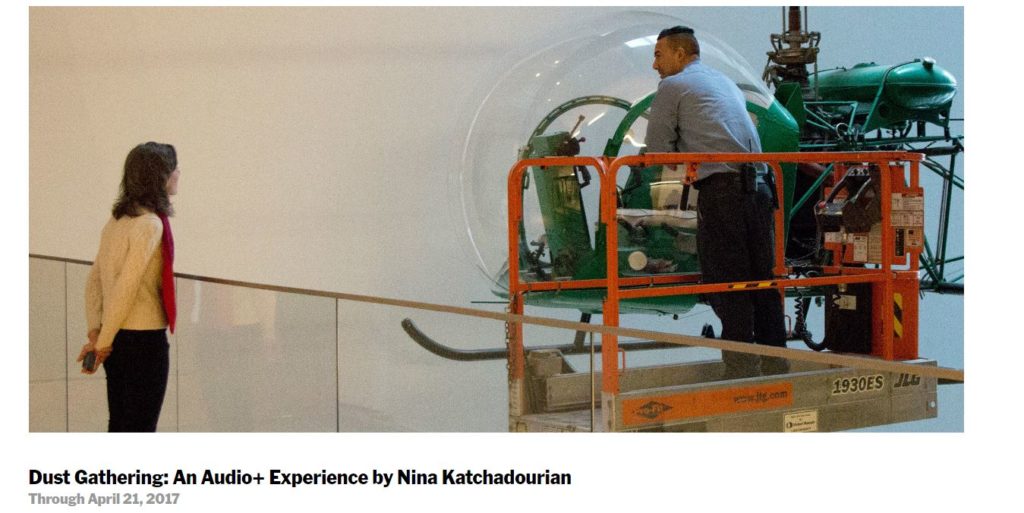Art World
Nina Katchadourian’s Artful Approach to Dust at MoMA
The artist produces big thoughts about small particles.

The artist produces big thoughts about small particles.

Eileen Kinsella

Andy Warhol worked with diamond dust, and Vik Muniz has created works with dirt and dust, but this is likely the first time an artist has delved into the topic of dust for such intense study.
But artist Nina Katchadourian, who has developed a reputation for often playful conceptual works—such as using ordinary airplane lavatory materials to create a series of Flemish style self-portraits—has done just that. After a two-year study, she has provided the Museum of Modern Art with an audio guide that delves into the topic of dust at the venerable institution.

Courtesy of MoMA.org
Laura van Straaten, who is also a contributor to artnet News, delved into the project for the New York Times, revealing the seriousness behind Katchadourian’s project even on a topic that seems “as dry as … well, you know.”
The audio tour, titled “Dust Gathering,” is part of MoMA’s Artists Experiment program, which invites artists to work with educators on public programming. Wall text at various spots in the museum encourages visitors to listen at a dozen interior locations, including a “tough-to-Swiffer ledge overhanging four stories of the museum’s atrium.”
According to the MoMA website, visitors can “[f]ind out what it takes to dust the suspended helicopter in the Marron Atrium atrium, learn about the building’s complex air-filtration systems, and get to know some of the particularly troublesome, dust‐attracting modernist sculptures.”
Over the course of two years, Katchadourian interviewed staff members across every department, and she “ultimately realiz[ed] that they were united by their stance against this pervasive, invisible-until-it’s-not element.”
Among the stops noted on the tour, the artist interviewed an allergist “on the digestive habits of dust mites,” and notes an area near the sculpture garden that “is a magnet for more mites than anywhere else at MoMA.”
Longtime MoMA art handler and artist Havery Tulcensky is described as “the soul of the audio tour.” According to Tulcensky, “It’s not about the dusting per se; it’s about the dusting of something that means so much to me that I feel that I am helping the thing.” He describes handling art as “magical.”
Van Stratten also explores the logic behind some of Katchadourian’s other projects, with the artist noting “a false sense that art has to be about the big stuff, when actually every artwork is in some way a thinking exercise.”
At the same time, the artist has sometimes been upset to see her works “reduced to a prank,” such as when the “Lavatory Self-Portraits in the Flemish Style,” went viral. Katchadourian, in other words, is looking to produce big thoughts about small particles.